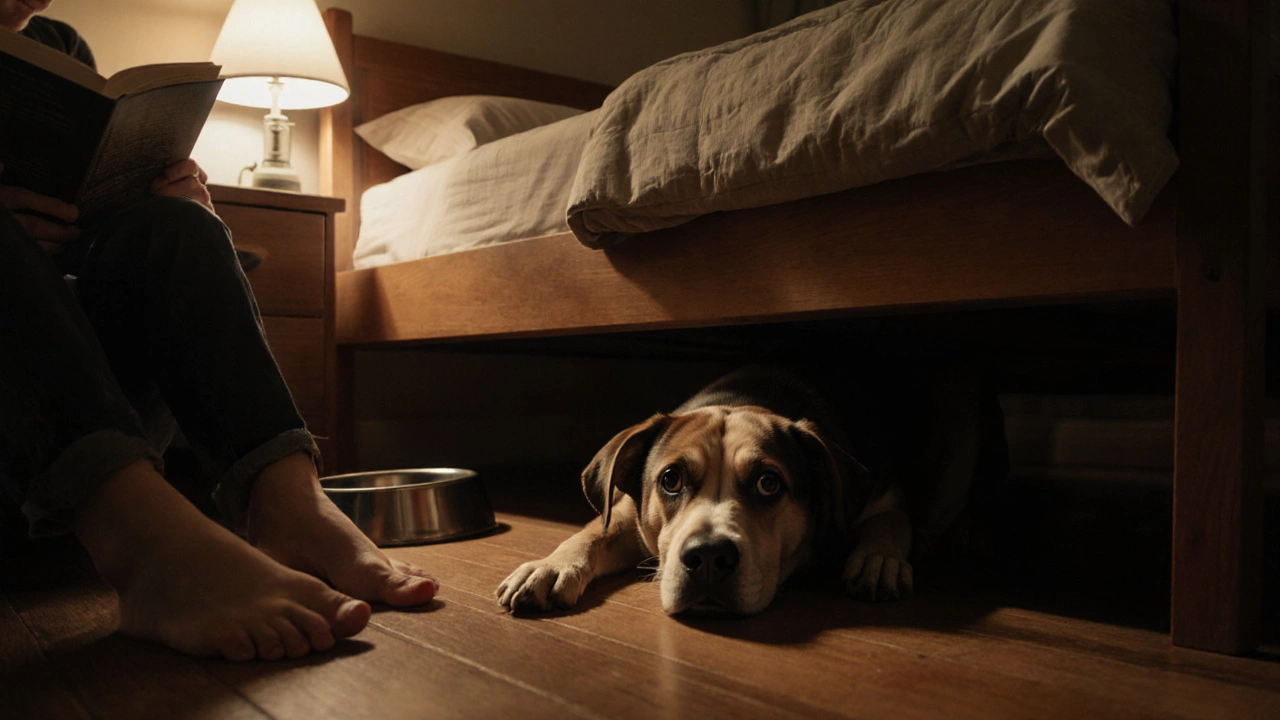Puppy Training Tips: Essential Guide for New Dog Owners
When you bring home a new puppy, you’re not just getting a pet—you’re starting a puppy training, the process of teaching a young dog basic commands, social skills, and household rules through consistent, positive methods. Also known as puppy obedience training, it’s the foundation for a calm, well-behaved dog later in life. This isn’t about making your puppy obey out of fear. It’s about helping them understand what’s expected, so they feel safe and confident in your home.
Good positive reinforcement, a training method that rewards desired behaviors with treats, praise, or play to encourage repetition is the backbone of everything that works. Skip the yelling, the corrections, the prong collars—those create stress, not learning. Instead, use small treats, a happy voice, and timing. Reward your puppy the second they sit when asked, not five seconds later. That’s how they connect the action to the reward. And don’t forget: teaching your puppy its name is step one. If they don’t know their name, nothing else sticks. puppy behavior, the natural actions and reactions of young dogs, including chewing, barking, jumping, and accidents isn’t defiance—it’s development. At 8 to 12 weeks, your pup is learning the world. By six months, they hit adolescence, and all those good habits you started? They’ll test them. That’s normal. What’s not normal is giving up.
You’ll find posts here that break down exactly how to teach your puppy to come when called, how to stop them from biting your hands, and why they keep peeing on the rug—not because they’re spiteful, but because they haven’t learned where to go yet. You’ll see real advice on using treats the right way, how long training sessions should last (hint: less than five minutes), and what to do when your puppy ignores you. We cover the tough spots too: what to do when your puppy screams in the crate, how to handle jumping on guests, and why that one trick you taught them last week suddenly disappeared. This isn’t theory. These are the exact problems new owners face, and the simple fixes that actually work.
Training a puppy isn’t about perfection. It’s about consistency. Five minutes a day, every day, beats two hours once a week. You don’t need a degree in animal behavior. You just need patience, a handful of treats, and the willingness to be the calm leader they’re looking for. What you’ll find below are real stories, real steps, and real results from people who’ve been right where you are—wondering if their puppy will ever listen. The good news? They did. And so can you.
Posted By Bryndle Redding On 28 Oct 2025 Comments (0)
What Is the 7-7-7 Rule for Dogs? A Simple Training Method That Actually Works
The 7-7-7 rule for dogs is a 21-day framework to help new dogs adjust safely to their home. It focuses on building trust before training, reducing anxiety, and preventing future behavioral problems.
READ MORE